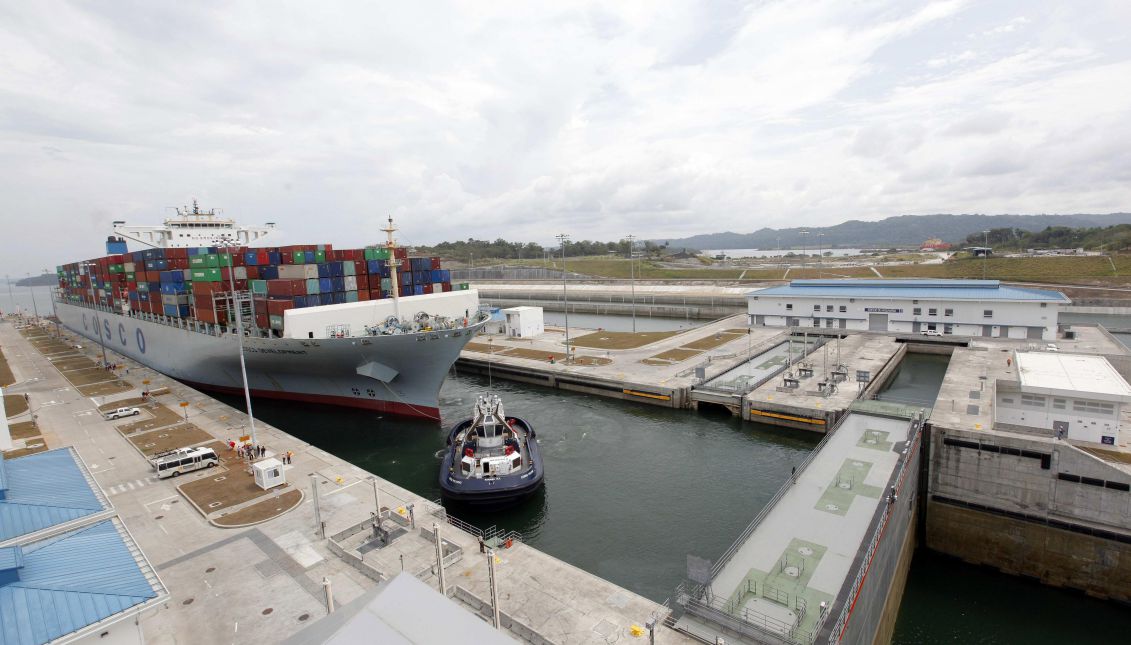
Largest vessel to date traverses expanded Panama Canal
The COSCO Development, a huge container vessel, on Tuesday became the largest ship to date to traverse the newly expanded locks of the Panama Canal.
The COSCO Development, a huge container vessel, on Tuesday became the largest ship to date to traverse the newly expanded locks of the Panama Canal.
The ship, which is 366 meters (1,200 feet) long and 48 m (157 ft.) wide, can transport up to 13,435 containers and is en route from Asia to the US East Coast.
It began its journey through the Canal early Tuesday morning on the Pacific side at the Cocoli locks, waterway authorities said.
Panama Canal Authority administrator Jorge Luis Quijano said that if all the containers the ship is carrying were laid end to end the resulting chain would measure about 80 kilometers (50 miles).
Quijano wrote on his Twitter account that the containers currently on board the Hong Kong-flagged vessel, built in 2011, "would reach from Puente de las Americas to the entrance of El Valle," the tourist town west of Panama City.
RELATED CONTENT
Since the newly expanded locks were inaugurated on June 26, 2016, an average of 5.9 of the huge Neopanamax vessels have traversed the Canal.
The Canal - through which 6 percent of world commerce passes - is a chokepoint for 140 maritime routes linking 1,700 ports in 160 countries.
The cost of the waterway's expansion, which was mainly carried out by a consortium headed by the Spanish firm Sacyr, ultimately will exceed the $5.25 billion originally forecast.










LEAVE A COMMENT:
Join the discussion! Leave a comment.